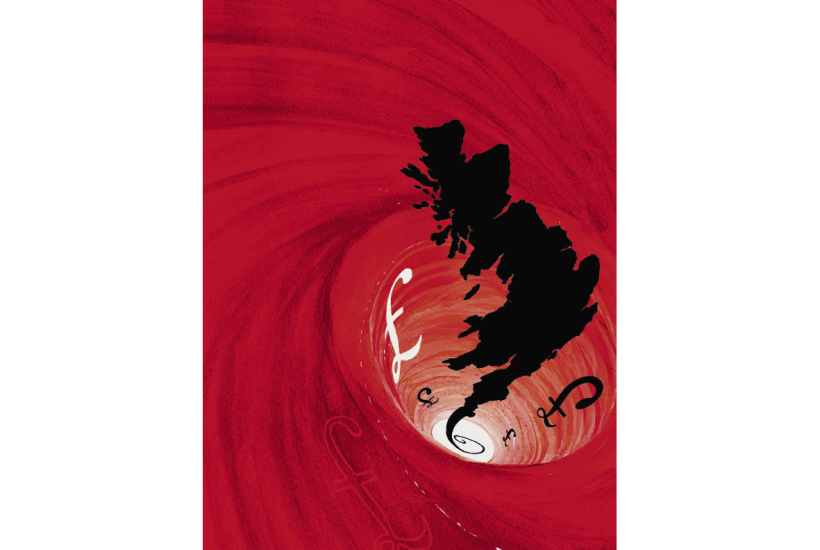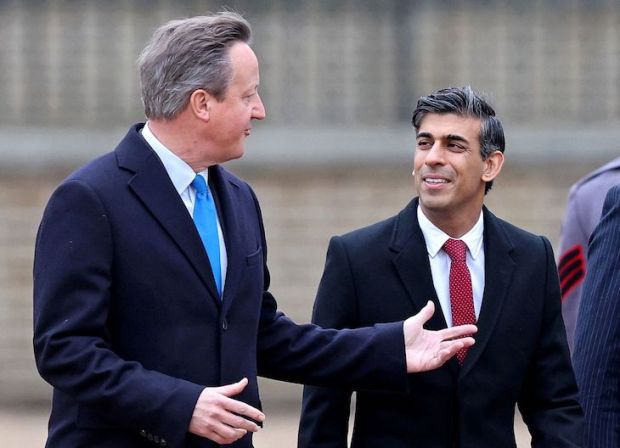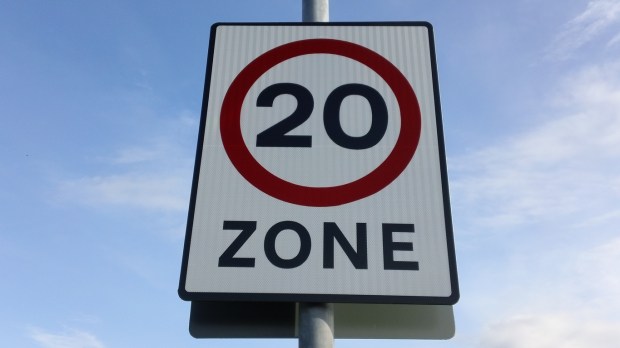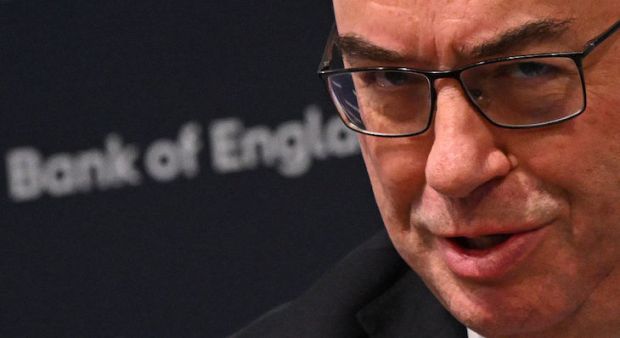Are we heading for a 1970s-style inflationary spiral? Not according to Catherine Mann, former chief economist at Citigroup, who argues that we are now less exposed to fluctuations in oil prices than we were then. She also makes the case that businesses are more reluctant to put up prices and that the link between inflation and wages is weaker than it was in the years of high inflation when wages often rose three or four times a year and prices in the shops were jacked up more frequently than now. Her opinion matters because she is the latest recruit to the Bank of England’s Monetary Policy Committee, which is charged with setting interest rates to try to keep inflation within set limits.
But is the UK economy really less susceptible to inflationary pressures than it was in the years that followed the 1973 oil crisis? While our dependency on oil and other fossil fuels may have fallen in some respects — renewables have large displaced coal in electricity generation and our homes, cars and factories are all more energy-efficient than they were then — we remain heavily dependent on oil and gas. Moreover, we still rely heavily on imported energy: in 2019, 35 per cent of our energy needs were met by imports. That was higher than at the time of the 1975 energy spike when we imported around half of our energy needs. By 1980, however, when Britain suffered a second inflationary spike, we were exporting more energy than we imported — thanks to North Sea oil.
The argument that companies are reluctant to put up their prices is also unconvincing. Some companies — notably those involved in building supplies — have been very enthusiastic in raising their prices in recent months and would have struggled to survive if they hadn’t. True, industry has been absorbing some price rises — in May, for example, input prices were up 10.4 per cent over the year but output prices just 4.4 per cent. But they can’t go on doing that forever. Moreover, annual growth in average pay was running at 8.8 per cent in August — an astonishing rise even if it is partly accounted for by a rebound from falling wages during the early months of the pandemic.
The trouble with inflation is that it is like one of Chris Whitty’s graphs of Covid infections. The early stages of an inflationary surge can be barely perceptible yet as pay demands and rising prices create an inflationary spiral it can quickly escalate.
What we don’t yet really know is how effective the Bank of England’s base rate is anymore as a lever to control inflation. Back in the 2000s, the Bank of England used its base rate quite well to fine-tune the economy, raising rates to cool down demand and lowering them to stimulate it. But after years of disinflation and record low-interest rates, no one really knows what would happen if the Committee, faced with serious inflationary pressures, were to raise rates. Would the economy respond, or has the Bank’s influence diminished now that fixed-rate mortgages are the norm? Compared with the 1970s, we have relatively few young first-time buyers and more homes are owned outright, but those who have taken a dip in the property market tend to be more highly leveraged.
Another factor is that we now import more of our food than we did in the 1980s, when inflation was a problem. That makes us more susceptible to international crises and currency movements. How it will all play out over the next few months if inflationary pressures continue to build is anyone’s guess.
Got something to add? Join the discussion and comment below.
Get 10 issues for just $10
Subscribe to The Spectator Australia today for the next 10 magazine issues, plus full online access, for just $10.





















Comments
Don't miss out
Join the conversation with other Spectator Australia readers. Subscribe to leave a comment.
SUBSCRIBEAlready a subscriber? Log in